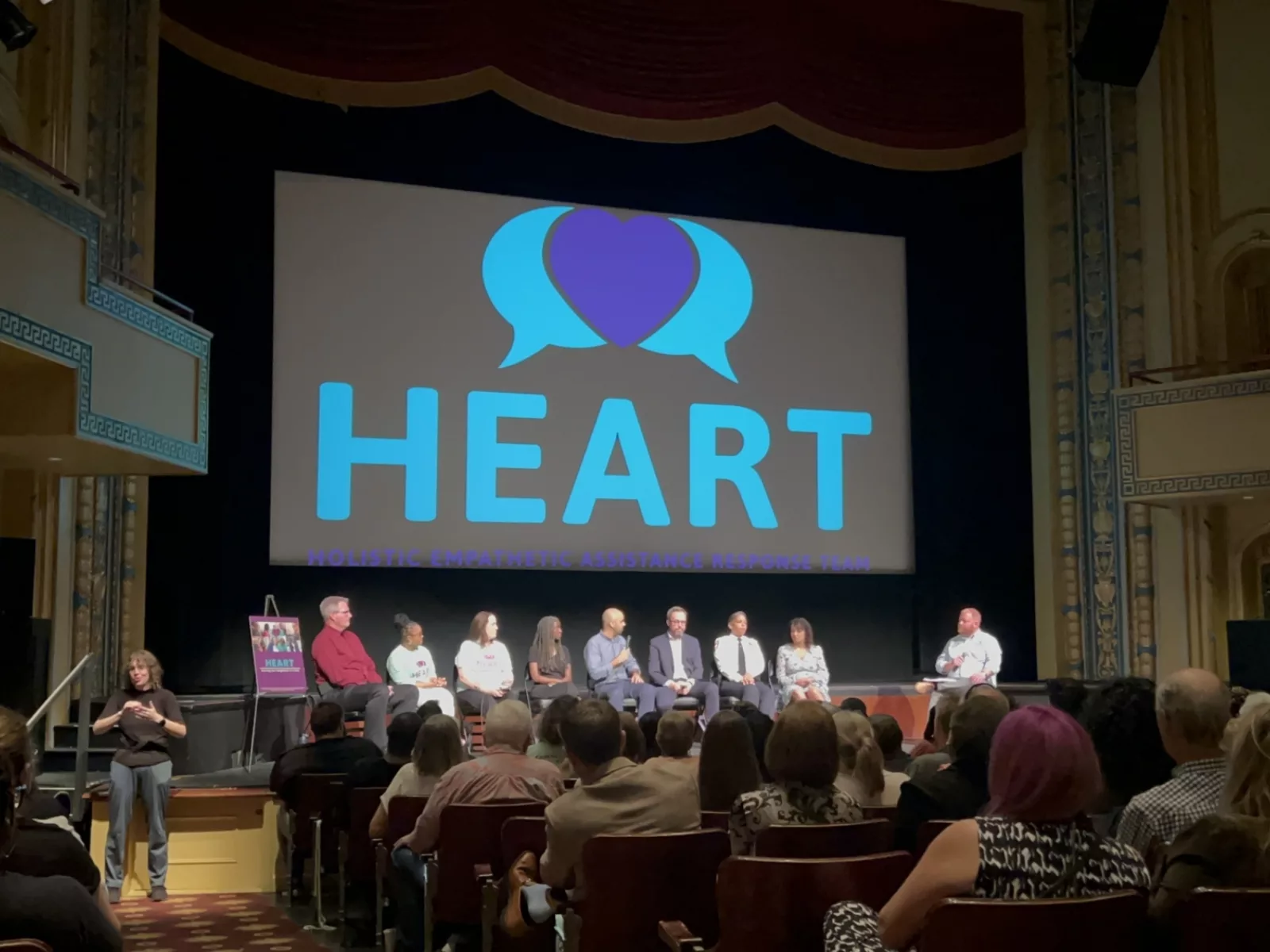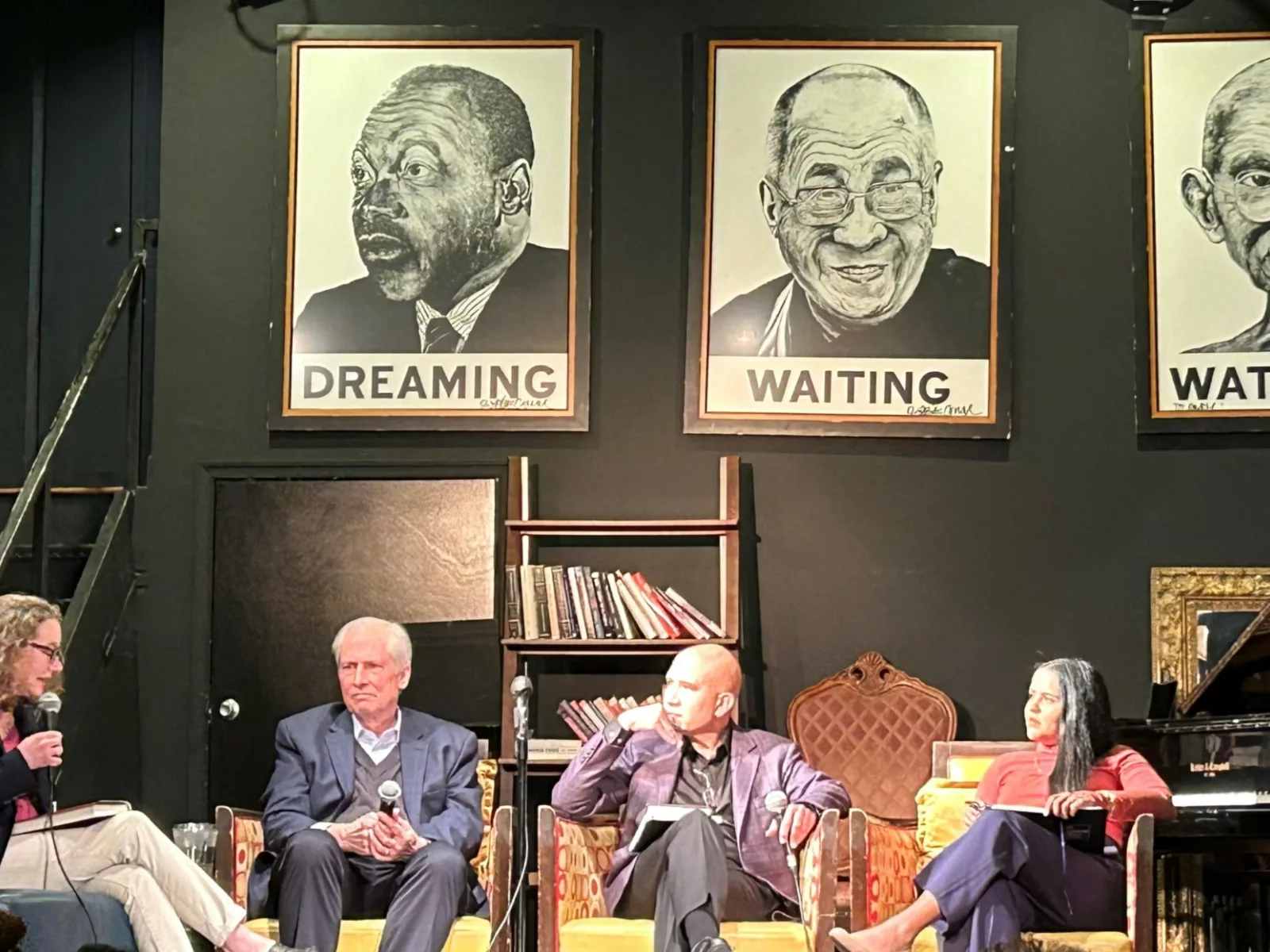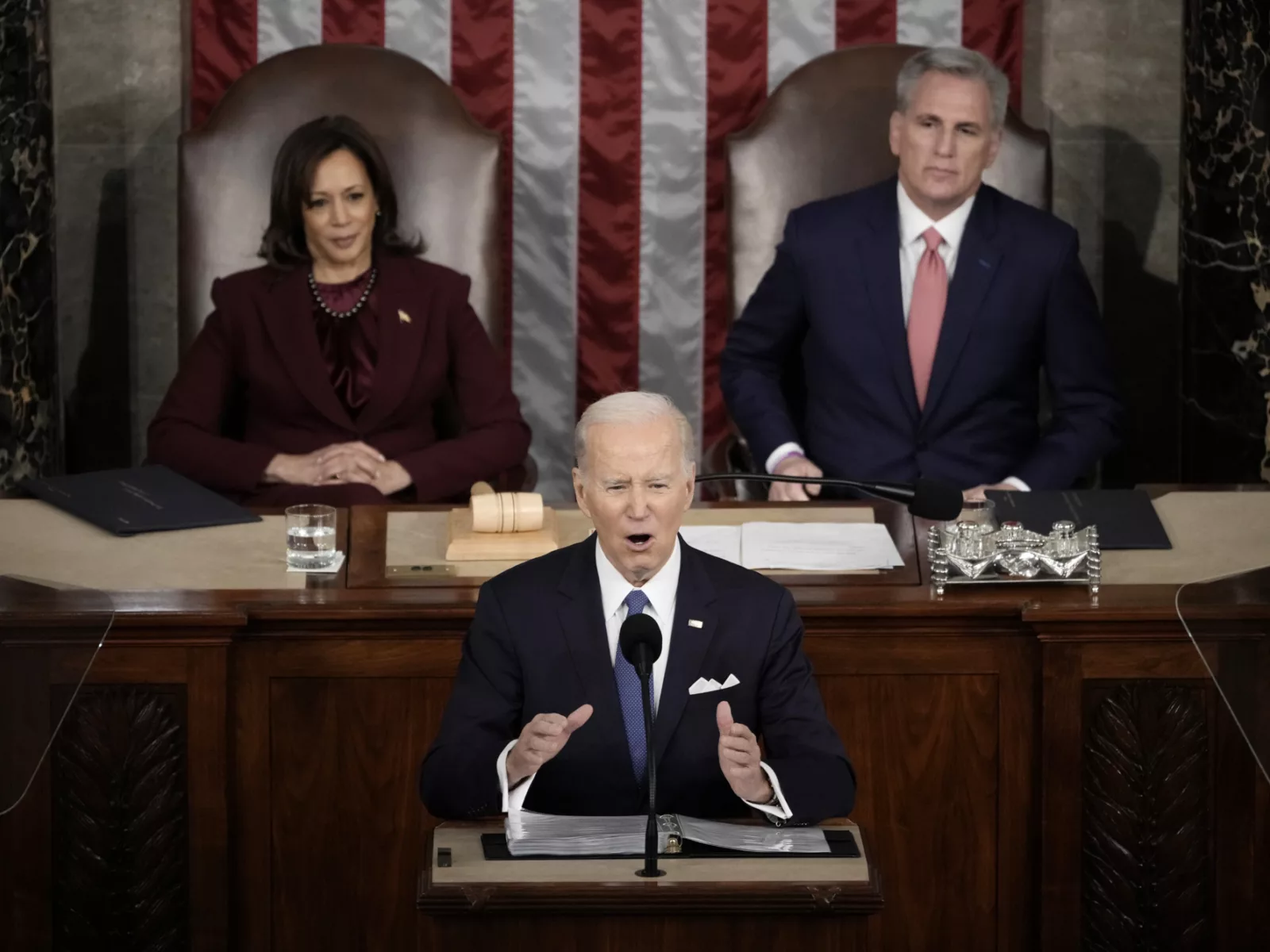As the nation continues to debate national policing reforms, one proposal focuses more on personnel than policy — hire women.
In an oped published in Crime Report this week, Arnold Ventures Criminal Justice Manager Nikki Smith-Kea called for the nation’s approximately 18,000 law enforcement agencies to close the gender gap. Over the past quarter-century, female representation in law enforcement has remained stuck at around 12 percent, and women only make up about 3 percent of police executive leadership.
“The problem isn’t just gender equality,” Smith-Kea wrote. “The gender gap in policing represents a public safety crisis. As cities, states, and the federal government debate the proper role of policing, there is strong reason to believe that women make for safer and less violent law enforcement officers.”
Her op-ed pointed to evidence that women are less likely to use excessive force or to be accused of excessive force, less likely to pull their weapons, less likely to view aggressive tactics as necessary, and less likely to be named in a lawsuit or a citizen complaint.
Research has also found evidence that hiring more women can also help departments change and effectively react to calls for reform.
“A 2017 study from the University of Illinois at Chicago found that adding more women to law enforcement agencies results in greater organizational agility — improving departments’ ability to adapt, change and renew,” Smith-Kea wrote.
For Smith-Kea, the issue of women in policing is a personal fight.
“I’ve always pushed at the boundaries, always wanted to understand why women weren’t in certain spaces, always been passionate about defending the rights of women, fighting for women to have equal opportunities,” she said. “In July 2014 I started working at a job that took me across the United States, working in well over 100 law enforcement agencies, all very different, from Los Angeles to San Marcos, Texas, to Bend, Oregon. What became evident was the small number of women in the profession, and when they were in the room, even if they were at a similar rank to their male colleagues, they were oftentimes silent — or silenced.”
This experience led Smith-Kea to research women leaders in policing and untangle the complex factors that allowed them to succeed — or stood in their way. She calls this the “Web of Intersections.”
Overall, it means that police departments need to take an overarching, holistic view at their institutions and culture to ensure that women and diverse populations thrive as they move up the ranks instead of merely surviving.
Or, as she concluded the op-ed: “The idea of women in law enforcement leadership must be treated as real and routine — not something worthy of surprising headlines.”






















